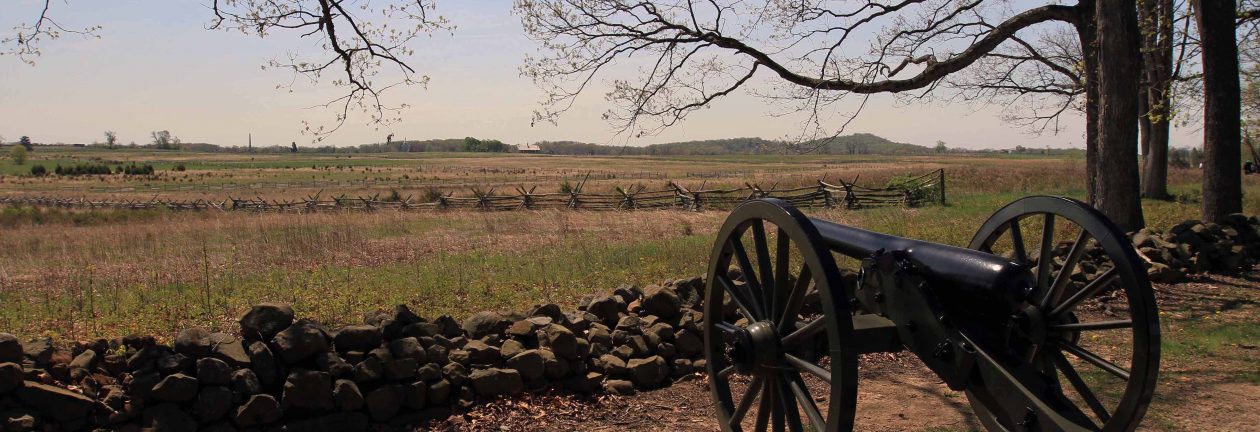Istanbul, Turkey
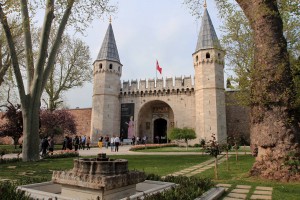
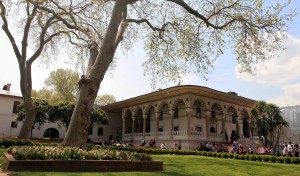
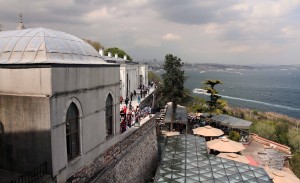
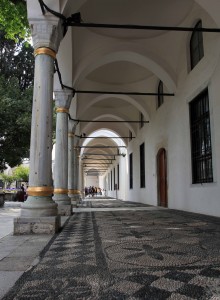
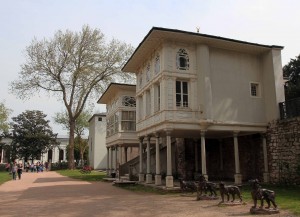
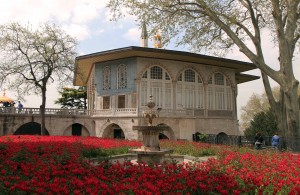
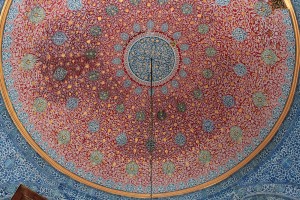
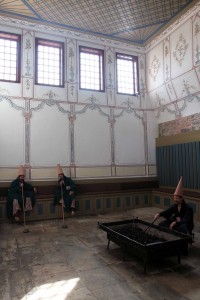
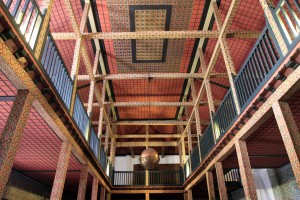
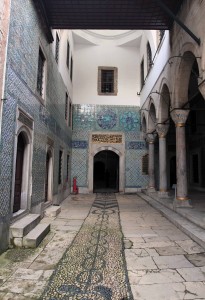
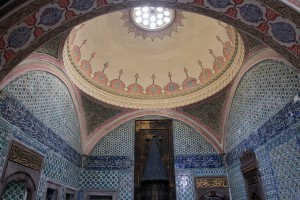
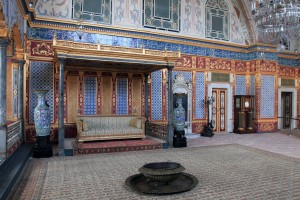
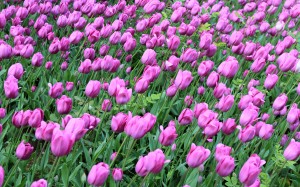
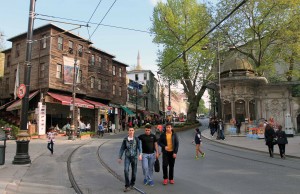
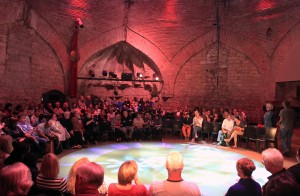
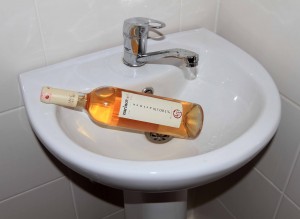
I slept in four hours past the time I had hoped to wake up and did not make it out of bed until 11:00. I then got ready and walked out of the hostel to the Kabataş Tram Stop. From there, I rode the tram south to Gülhane. Once there, I exited the tram and walked to Topkapi Palace, passing the Istanbul Archaeology Museum along the way (I had hoped to make it to this museum today, but exploring the palace took much longer than expected – too bad I couldn’t wake up earlier). I reached the entrance to the palace around 13:00 and walked to the nearby ticket booths, where I waited in line for some time . . . and then had to wait longer since only one window was dispensing the five-day passes that include most of the major sites and museums in Istanbul (I tried to buy this yesterday at Haigia Sophia, but they were supposedly out, despite having stacks of cards piled up on their desk – based on yesterday and today, the Ministry of Culture has a lot of room for improvement (that’s putting it nicely)). Once I procured my five-day pass, I entered the palace through the Middle Gate, where I had to surrender my tripod (just like in many places in India, many sites in Turkey discriminate against people carrying tripods; sure, visitors can carry their large backpacks and drag their carry-on luggage around the sites, but forget about bringing a tripod in). I then explored the palace grounds and visited the palace kitchens, the two treasury rooms (a bit of a disappointment considering the very long lines I had to wait in before visiting the small rooms with some interesting treasures but not much), a room with Islamic Calligraphy (inside, there were many “word portraits” (“hilya”) that described Muhammed – for those of you unfamiliar with the rules, you can physically describe Muhammad in detail on paper, but not sketch the man), and rooms full of religious relics (i.e. King David’s sword (the best preserved sword from the tenth-century BC *cough*), Moses staff (the best preserved wooden staff from the thirteenth-century BC *cough*cough*), Abraham’s saucepan (from the twentieth/nineteenth-century BC *roll’s eyes*), Joseph’s turban (son of Jacob (“Israel”), from the fifteenth/fourteenth-century BC *suuure*), a relic from John the Baptist (this one is more plausible given the time period and the fact that it is bone), a footprint from Muhammad (a bit of a stretch), and beard clippings and a tooth from Muhammad (more likely to be real, but, just like the three Holy Lances, the two Holy Grails, and multiple pieces of the True Cross, it is highly doubtful)) – sadly, no photographs were allowed inside any of the rooms with the exception of the pavilions, throne rooms, and Harem (all the more reason to buy spy glasses). Next, I visited a room full of Sultan’s portraits and a collection of armor and weapons from the past (there was one two-handed sword (from Hungary) that was taller than me and so massive, I can’t visualize anyone actually successfully utilizing it in a battle). I also walked around the palace grounds, entering inside several pavilions, the Throne Room, and the Imperial Council hall, before entering inside the Harem. Inside the Harem, I visited all the rooms open to the public (e.g. the Hamam, the Dormitory of Harem Eunuchs, the Imperial Hall, the Privy Chamber of Sultan Murad III, and the Harem Mosque) before returning to the rest of the palace. After walking around the palace some more, I visited an exhibit on Turkish coffee before collecting my tripod and leaving the palace grounds at 17:30. I then walked westward to Hodjapasha Dance Theater to buy a ticket for tonight’s performance of the Sema Ceremony, which showcases the Whirling Dervishes accompanied by Turkish classical music and prayers. I reached the theater and bought a ticket for the show at 19:00. At this point, it was 18:06 and I had time to kill; so, I walked all around the neighborhood, up and down streets, before entering inside the theater at 18:45, where I drank a complimentary cup of coffee and then took my seat. The performance began at 19:00 with fifteen minutes of Turkish classical music before going in to the Sema Ceremony. Altogether, it lasted an hour; I think it was worth the time and money just to witness the Whirling Dervishes, but it was a bit underwhelming (for some reason I expected more than just men whirling around . . . maybe I expected more intensity and quicker movements?). After the ceremony, I walked to Eminönü Tram Stop and rode the tram back to Kabataş, amidst some light rain. Once I reached Kabataş, I walked back to the hostel, stopping at the nearby market for some nuts, cheese, and wine, as well as at a shawarma restaurant for two chicken shawarma wraps. I then returned to my room, ate my meal, wasted time watching videos on the internet, and then drank my wine. The wine I had on this night was a bottle of Narince, a white wine that tasted light with flavors of honey, raisins, flowers, and (I’m probably wrong on this) pineapple. After finishing the wine, I went to sleep after midnight.
